The Crisis Unfolds
In an unprecedented move, the National Geospatial-Intelligence Agency (NGA), usually low-profile in its operations, has embarked on an urgent mission dubbed Project Condor to tackle a severe erosion problem in Ecuador, triggered by the destruction of the San Rafael Falls in 2020. This environmental disaster, which unfolded when the largest waterfall in Ecuador, once standing 430 feet tall, ceased to exist due to a riverbed collapse, has now escalated to threaten vital national infrastructure.


A Call to Action
The U.S. Ambassador to Ecuador, Michael Fitzpatrick, reportedly made a direct request to NGA leadership for help in capturing data and digitally mapping the intensely challenging terrain. This request was an unusual step, emphasizing the severity of the situation.
“I think that was mighty rare. I have not heard of any other instances assigned to NGA where an ambassador literally reached to the director of NGA to ask for support because of an environmental disaster that’s going on,” explained U.S. Coast Guard Capt. John Boller, an operations chief in the NGA.
The Mission Details
Project Condor was a collaborative effort between NGA’s Warfighter Support Office, Oak Ridge National Laboratory, the U.S. Embassy, the Army Corps of Engineers, and the Ecuadorian military’s geospatial division. The project involved deploying drones to collect over 62 miles of unclassified, high-resolution imagery across multiple spectrums of the affected area. This data was crucial in creating 2D and 3D models to help mitigate the erosion threatening Ecuador’s critical infrastructure, including oil pipelines and the Coca Codo Sinclair Hydroelectric Dam.

Technological Triumphs
The drone team, led by NGA, overcame numerous challenges presented by the Amazon rainforest basin, where high-altitude sensors were inadequate due to extreme weather conditions and unpredictable terrain. They utilized a variety of unmanned aerial systems, such as the Quantum Systems Trinity F90+, AgEagle eBee TAC, and Skydio X2D, to navigate and map the area efficiently.
“The team’s speed, flexibility, and ingenuity led to not only a successful mission but also improved relations with our partners in Ecuador,” said Boller, highlighting the strategic and diplomatic successes of the mission.
Ongoing Efforts and Future Uncertainty
While the initial phase of Project Condor has concluded, the mission to fully address the erosion and its impacts is far from over. Plans are underway to potentially remap the area, though it remains uncertain whether NGA will be directly involved again. The need for continued data collection and analysis is critical, as the risk to the hydroelectric dam alone poses a significant threat to Ecuador’s power supply and, by extension, its national stability.

The Project Condor represents a critical intersection of technology, diplomacy, and environmental science, showcasing how drones can play a pivotal role in responding to natural disasters and infrastructure threats. The ongoing efforts to mitigate the crisis in Ecuador continue to rely on the data provided by this rare and technically challenging mission.
Discover more from DroneXL.co
Subscribe to get the latest posts to your email.



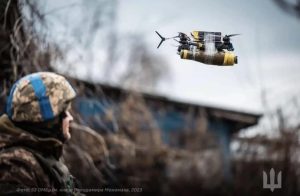

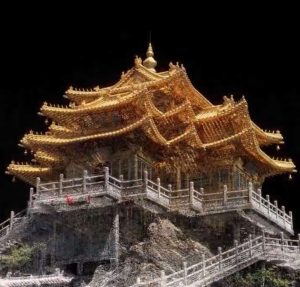
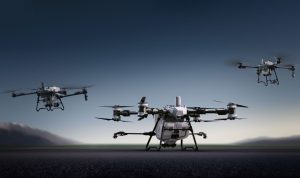



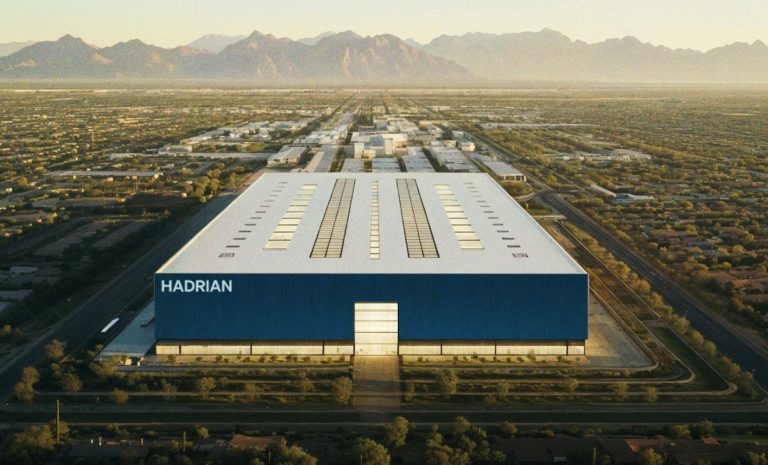



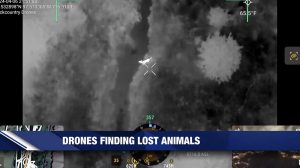
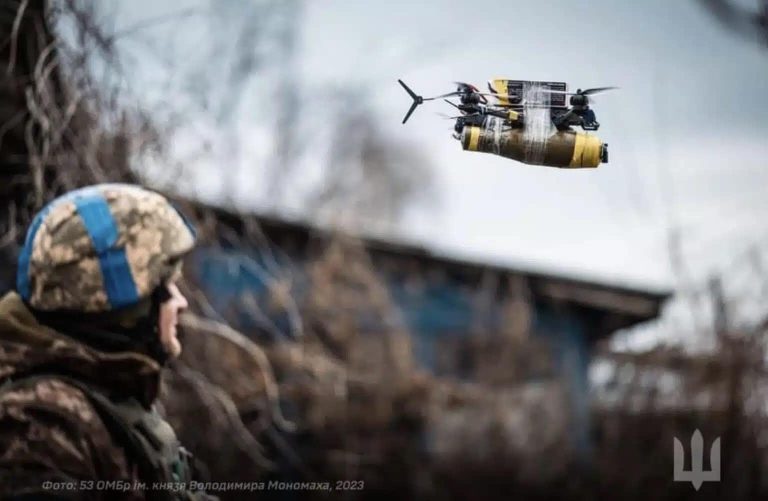

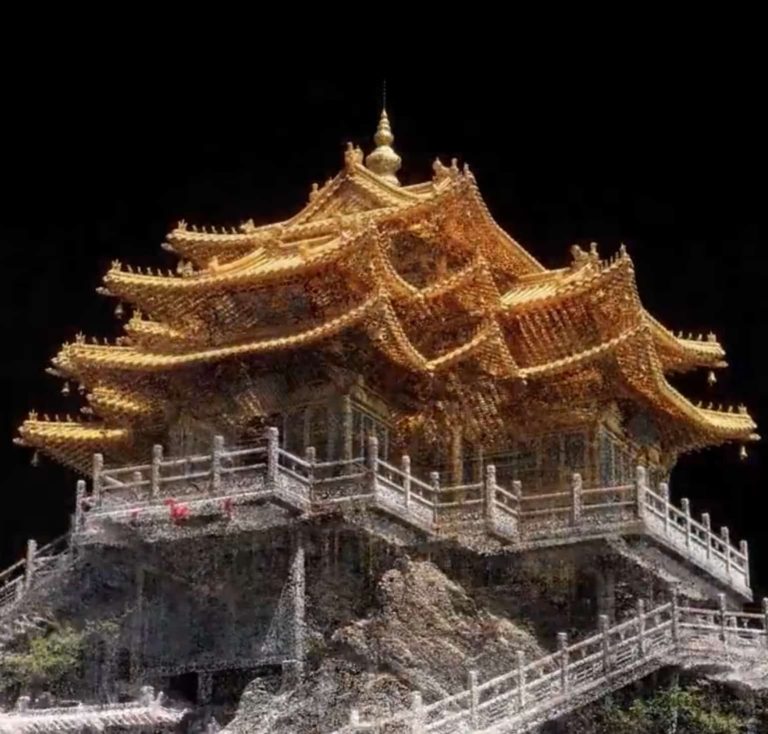

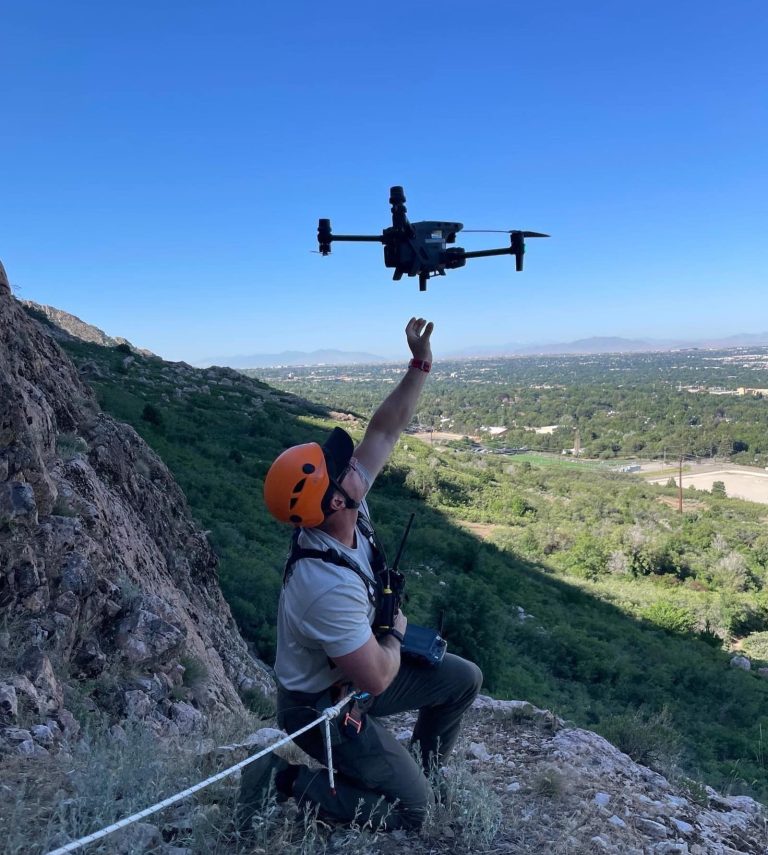
+ There are no comments
Add yours